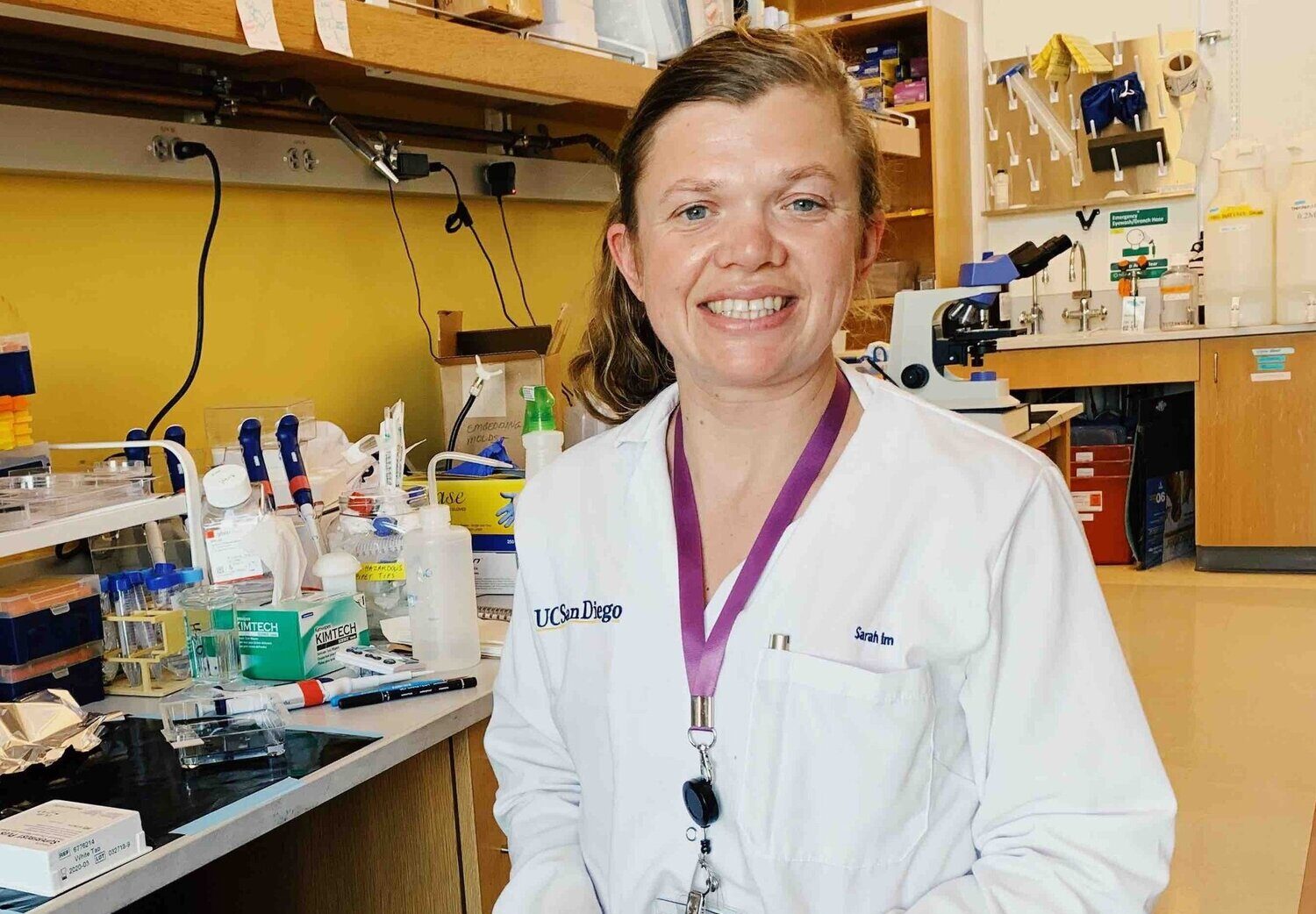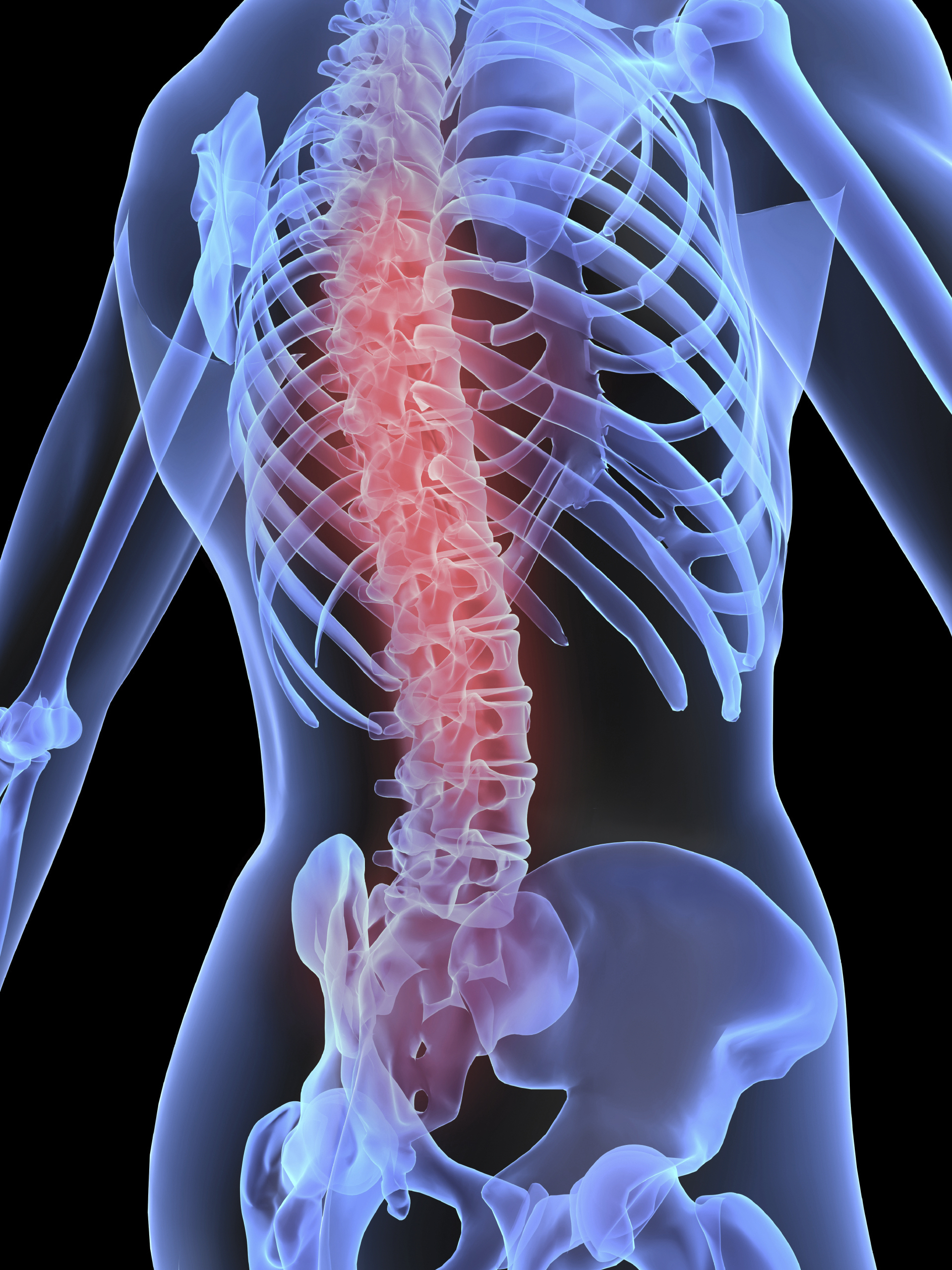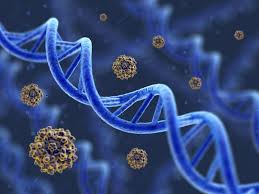What you need to know
- Normal bladder function includes a storage phase and a voiding phase, these processes work in a coordinated manner allowing for controlled maintenance of continence, until a socially convenient time.
- After a spinal cord injury, this control is lost, resulting in a profound impact on an individual’s quality of life as well as their physical health due to recurrent urinary tract infections and potential kidney damage.
- Researchers aim to combine transcutaneous spinal cord stimulation (tSCS) with a bladder training programme with a view to restore bladder function.
In a nutshell
Many pelvic functions including the bladder, bowel and sexual organs are controlled by a complex set of neurophysiological interactions which include lumbo-sacral reflexes of the spine. Following a spinal cord injury the pathways associated with these reflexes are disrupted, resulting in a loss of coordinated bladder, bowel, and sexual function.
In an attempt to restore bladder function, researchers will work with twenty individuals who sustained a complete or incomplete spinal cord injury in the past six months. These individuals will be assessed at baseline using a series of questionnaires which examine their symptoms and various aspects of their quality of life.
These individuals will receive transcutaneous spinal cord stimulation which involves the application of electrodes on the skin, positioned over the thoraco-lumbar spinal cord.
Researchers will then work with a group of participants to deliver specialised bladder reflex training techniques. The study will look to see the difference between these participants and a control group who would continue with their usual bladder management routine.
The expectation is that using a combined approach (stimulation plus specialist training) will result in increased bladder capacity and ultimately support voluntary bladder emptying.
How this supports our goal to cure paralysis.
By offering this potential improvement in bladder function, tSCS not only reduces the physical discomfort and inconvenience caused by bladder issues but also contributes significantly to an individual’s sense of independence and overall quality of life.
Transcutaneous spinal cord stimulation is a non-invasive technique which offers hope for enhancing bladder function in individuals with spinal cord injuries The stimulation delivered through tSCS can support communication between the spinal cord and the bladder, potentially restoring some spinal cord injuries (SCIs). This reduces the risks associated with invasive procedures and minimizes patient burden, empowering individuals to manage their condition outside clinical settings.



